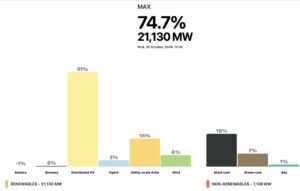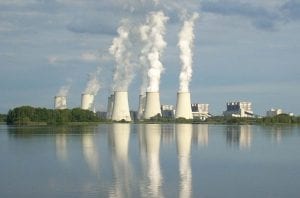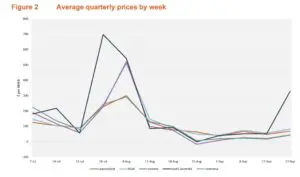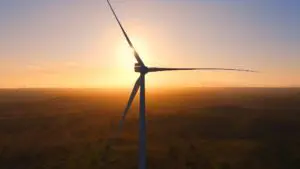The election of Moon Jae-In as the new President of South Korea has potentially significant ramifications for the rate of decline in global seaborne thermal coal market volumes.
South Korea is Asia’s fourth-largest economy and the fourth largest importer of coal globally, accounting for over 10% of world thermal coal import demand.
“South Korea is the second largest export destination for Australian thermal coal.
As the only remaining growth market of significant size, it has long been identified by the coal industry as a source of its on-going viability. This election has the potential to snuff out that last beacon of growth,” said Tim Buckley, Director of Energy Finance Studies at the Institute for Energy Economics and Financial Analysis (IEEFA).
Moon Jae-In election pledges
- Idling old coal-fired plants during April and May when fine dust levels tend to peak, and permanently close 10 aged coal-fired plants earlier than scheduled, while reassessing plans to construct nine new plants.
- Elevate the issue of ultra-fine dust with a view to halving dust levels.
- Increase the distribution of environmentally-friendly cars at the expense of old diesel vehicles.
- Scrap plans to build new nuclear plants, including No. 5 and No. 6 Shin-Kori reactors. Close the Wolsong No. 1 nuclear plant with immediate effect.
- Increase the use of renewable energy to 20% by 2030.
In its March 2017 Resources and Energy Quarterly, the Office of the Chief Economist (OCE) stated: ‘by 2022, South Korea’s thermal coal imports are projected to reach 111 million tonnes, an annual average increase of 2.2% from 2016. Much like growth in imports in 2017, this average annual increase is likely to be underpinned by increased installed coal-fired power generation capacity and the South Korean Government’s push for a diversified electricity generation mix, ensuring security of energy supply.’
China and India collectively purchase over 40% of global seaborne coal and IEEFA contests that permanent shifts in both those markets will see thermal imports reduced towards zero. If carried out, Moon Jae-In’s pledges will further dampen demand, with a negative implication for equilibrium pricing.
This is particularly the case since they build on the introduction of a national Emissions Trading Scheme in 2015 and an increase in the coal tax by 25% to US$25-30/t, effective April 2017.
IEEFA forecasts that should President Moon Jae-In follow through with his election promises, this will halve the long-term growth rate for South Korea’s thermal coal imports.
It would also undermines the viability of NSW greenfield thermal coal developments including Korean-owned mine proposals in Bylong and at Wallarah II, and calls into question the strategic merit of other capacity expansions like Whitehaven’s Vickery and Shenhua’s much delayed Watermark mine developments, as well as the controversial and heavily subsidised Adani Carmichael proposal in Queensland.
The cumulative effect of a change of energy policy in South Korea and other key coal import markets will be felt in other export markets such as Indonesia.
“Notwithstanding the recently improved traded price of thermal coal, Indonesia’s major coal miners remain in financial distress and as such are extremely exposed to any sustained decrease in Asian import demand,” said Buckley.
“Although Indonesia’s primary markets are China and India, any reduction in demand from the key North Asian markets will inevitably have flow-on implications across all markets in terms of pricing.”
South Korea currently maintains more than 50 coal-fired power plants, producing around 40% of the country’s electricity, while nuclear provides 30%, LNG 25%, oil 3% and renewable sources to-date just 2%. Under the current power supply plan, 11 nuclear reactors were to be developed by 2029 as well as 20 proposed coal-fired power plants by 2022.
“This policy shift in South Korea is a critical blow for exporters banking on renewed growth in demand for thermal coal,” said Buckley. “But it is entirely consistent with the technology driven energy market transformation taking place across the globe, and in Asia in particular.”
“IEEFA forecasts Japanese thermal electricity generation to decline 2-3% pa this coming decade, China’s coal consumption peaked back in 2013 and Taiwan’s relatively new President Tsai Ing-wen has committed to a major realignment towards renewable energy and energy efficiency, including a ‘20% renewables by 2025’ target.
Perhaps most strikingly, India has repeatedly asserted its commitment to a target of zero thermal coal imports within the next 2-3 years. The latest Rs2.62/kWh solar tariff (-40% in just 16 months) makes this an increasingly cost effective and achievable target.
With other South East Asian countries Vietnam increasingly looking to realign to cheaper, domestic renewable energy opportunities, it should come as no surprise that South Korea is embracing the trend.”
Tim Buckley is the Director of Energy Finance Studies, Australasia for IEEFA.











